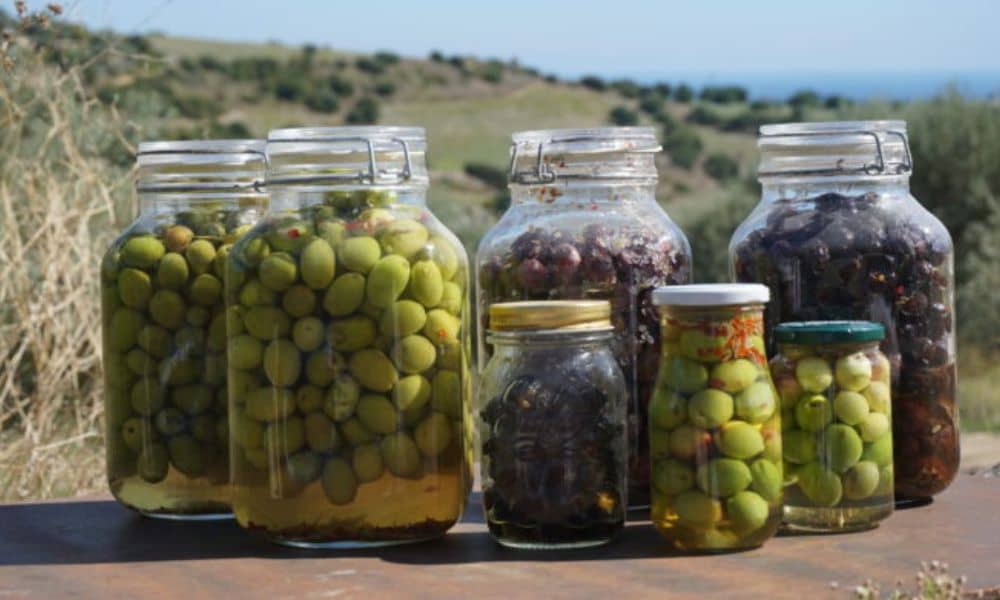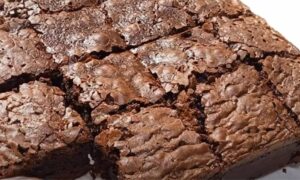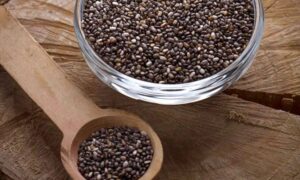For hundreds of years, cultures around the world have incorporated pickles into their cuisine. Pickles are a great way to preserve fruits and vegetables in a delicious and nutritious way.
Although modern methods may employ vinegar and preservation chemicals, traditional methods utilize fermentation to preserve fruits and vegetables. If you will find out how to make green olive pickle without vinegar or preservatives, with a delicious, tangy flavor that is both healthy and authentic.
Green olives contain plenty of antioxidants, good fats and nutrients for your gut! Fermenting green olives aids in preserving these olives, but also enhances their flavor, and adds probiotics to them— and these delicious olives are enough to cover your salad, cheese plate, or meal.
Why Go Vinegar-Free and Preservative-Free?
Health Benefits: Natural fermentation yields probiotics to boost gut flora and digestion and is friendly to your digestive system as it avoids both the acidity of vinegar and the no-gos of the artificial preservatives present in commercially pickled olives.
Better Flavor: Fermented olives have an unmistakably deep, complex, and mildly tangy flavor that is generally difficult or impossible to achieve in a vinegar-based pickle form.
Traditional Taste: This process is true to the Mediterranean and Middle Eastern culinary practices, where fermentation is the main preservation process employed.
Ingredients You’ll Need
Main Ingredients:
- Fresh green olives – 1 kg (unbruised and firm)
- Rock salt or sea salt – 100g (approximately 10% brine solution)
- Filtered water – 1 liter (non-chlorinated)
- Garlic cloves – 6 to 8 (optional for flavor)
- Lemon slices or zest – 1 lemon (optional)
- Fresh herbs – rosemary, thyme, or bay leaves (optional)
- Green chilies or crushed red pepper – for a spicy kick (optional)
Tools Required:
- Sterilized glass jar or ceramic fermentation crock with lid
- Wooden spoon
- Clean weight or small plate to keep olives submerged
- Cheesecloth or muslin (optional, for air circulation)
Step-by-Step Process: How to Make Naturally Fermented Green Olive Pickle
Step 1: Preparing the Olives
- Wash the green olives well to remove the dirt and residue.
- With a light crack, slice, chop, or crush each olive with a rolling pin. This helps the brine penetrate and speeds up the fermentation process.
- Optionally, soak the olives in water for 3 to 7 days and replace the water each day. This will remove bitterness prior to fermentation.
Step 2: Preparing the Brine
- Mix 100g of sea salt with 1 liter of filtered water. Stir until fully dissolved.
- You now have a 10% brine solution, ideal for safe and effective fermentation.
Step 3: Packing the Jar
- Add the broken up olives to a sanitized jar.
- Add any optional flavorings you would like: garlic cloves, lemon zest/slices, herbs, and chilies, for flavor.
- Pour the brine over the olives until completely covered.
- Put a clean weight (a small saucer or a zip-lock bag filled with brine) to hold the olives down in the liquid to prevent floating and mold.
Step 4: Fermentation
- Put a loose-fitting lid on or use cheesecloth, but do not seal them airtight—gases need to escape.
- Store at room temperature (18–24°C or 65–75°F) in a cool, dark place.
- Let them ferment for 2–4 weeks (or longer!), depending on your climate and your own preferences.
- Check them every few days. If there is any scum on top, skim it off and keep the olives submerged.
When Are They Ready?
- After 2 weeks, sample an olive.
- If it’s pleasantly sour, slightly tangy, and not too bitter, you’re good!
- You may ferment a little longer to add more flavor.
The fermented olives can be kept in the jar in the refrigerator or processed in clean jars for long-term storage (up to 6 months in the refrigerator).
Tips for Success
- Non-iodized salt is always important to use, like Sea salt or Kosher salt.
- Do not use tap water unfiltered since the chlorine could kill good bacteria.
- Make sure all equipment is sterilized to minimize contamination.
- If mold shows on top, take it off right away. White film is janus yeast meaning it’s not harmful to symptoms, but if it Black and fuzzy, throw it away.
Flavor Variations
Mediterranean Style: Use oregano, lemon, and red pepper.
Middle Eastern Twist: Use garlic, coriander seeds, and bay leaves.
Spicy Version: Use green chili and black peppercorns.
Don’t forget to play around with different herbs and spices to create your own personal blend.
Health Benefits of Naturally Fermented Green Olives
High in probiotics: Aids digestion.
High in antioxidants: Protects against inflammation and oxidative stress.
High in good fats: A source of mostly monounsaturated fat for heart and vascular health.
Low in sugar and carbohydrates: A keto snack; great for someone with diabetes.
Storage and Shelf Life
- Once fermentation is complete, olives can be stored in the refrigerator for up to 6 months.
- Always use a clean spoon to serve and keep olives submerged in brine to extend shelf life.
Conclusion: Old-World Flavor in a Modern Kitchen
Green olive pickles are great on their own, but making homemade green olive pickles without vinegar or preservatives is even better. As a naturally fermented product, these pickles use the process of bacterial colonies to preserve the olives while preserving and enhancing the health benefits.
It’s inexpensive, free from additives, and endlessly satisfying. You probably have a fondness for traditional foods or perhaps healthier pickles. Regardless of your motivations, you will want to try this recipe.
Better yet, you can skip the jar in the grocery store with mysteriously added ingredients, and make your own delicious, probiotic-rich green olive pickles at home, just like nature intended!
FAQs
Is it okay to skip the soaking step before fermenting a batch of green olives?
No, you don’t have to soak them in water for several days, but soaking green olives does tend to remove some of the bitterness from your olives. Otherwise if you don’t soak, your olives may be even more bitter after they have completed fermentation.
How do I determine if the olive pickle got ruined while fermenting?
If you see black or fuzzy mold, if the smell is awful like rotting eggs, or if the texture is slimy you should get rid of the batch. White film (kahm yeast) is fine, you can skim it off.
Can I save the brine and reuse it to brine another batch of olives?
It’s not advisable, some experienced onion fermenters save the brine as a “starter culture” so the fermentation is faster, but this increases the chance of contamination if you are a novice. Always make fresh brine, it’s just safer.
When fermenting olives without vinegar how long does it take?
Normally, it takes roughly 2 to 4 weeks for the olives to ferment next to ambient temperatures. In cooler temperatures, this process might take more time while it will be faster in warmer temperatures. Taste the olives once a week for the duration of the resting time to monitor the fermentation.
What do I do if my olives float above the brine during fermentation?
Floating olives can expose more of the olives to air, increasing spoilage. you can use fermentation weights, a clean stone, or a zip-lock bag filled with brine to make sure your olives remain submerged.



